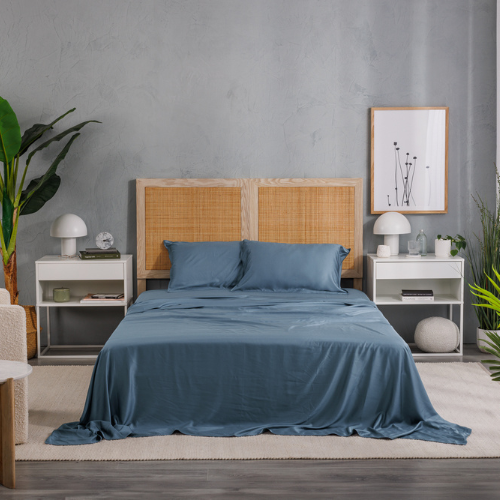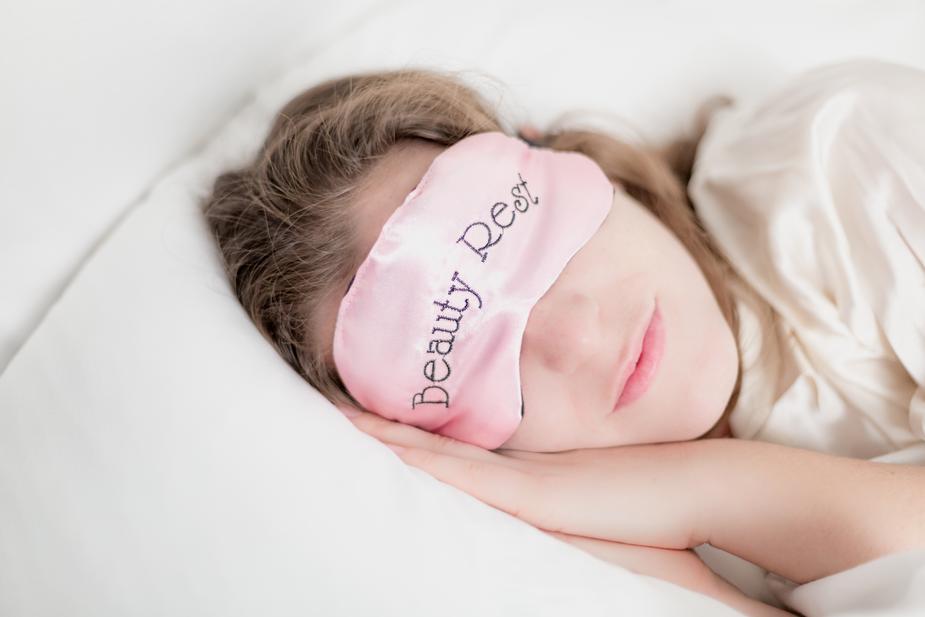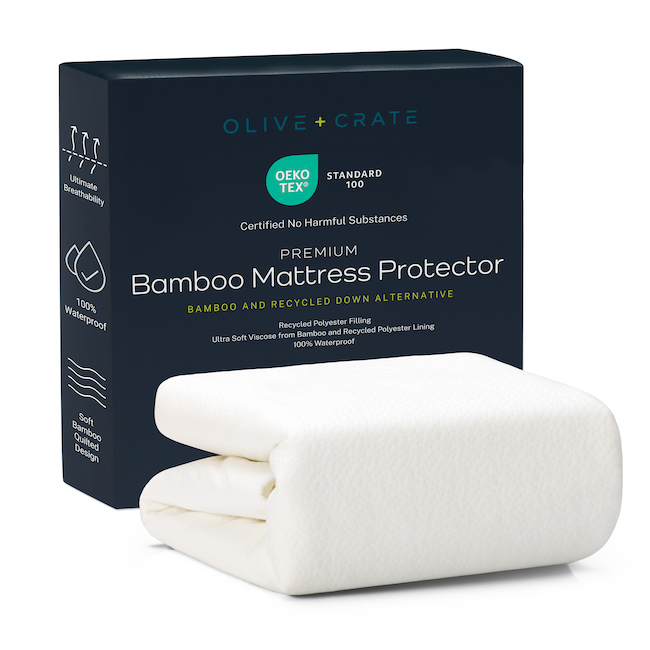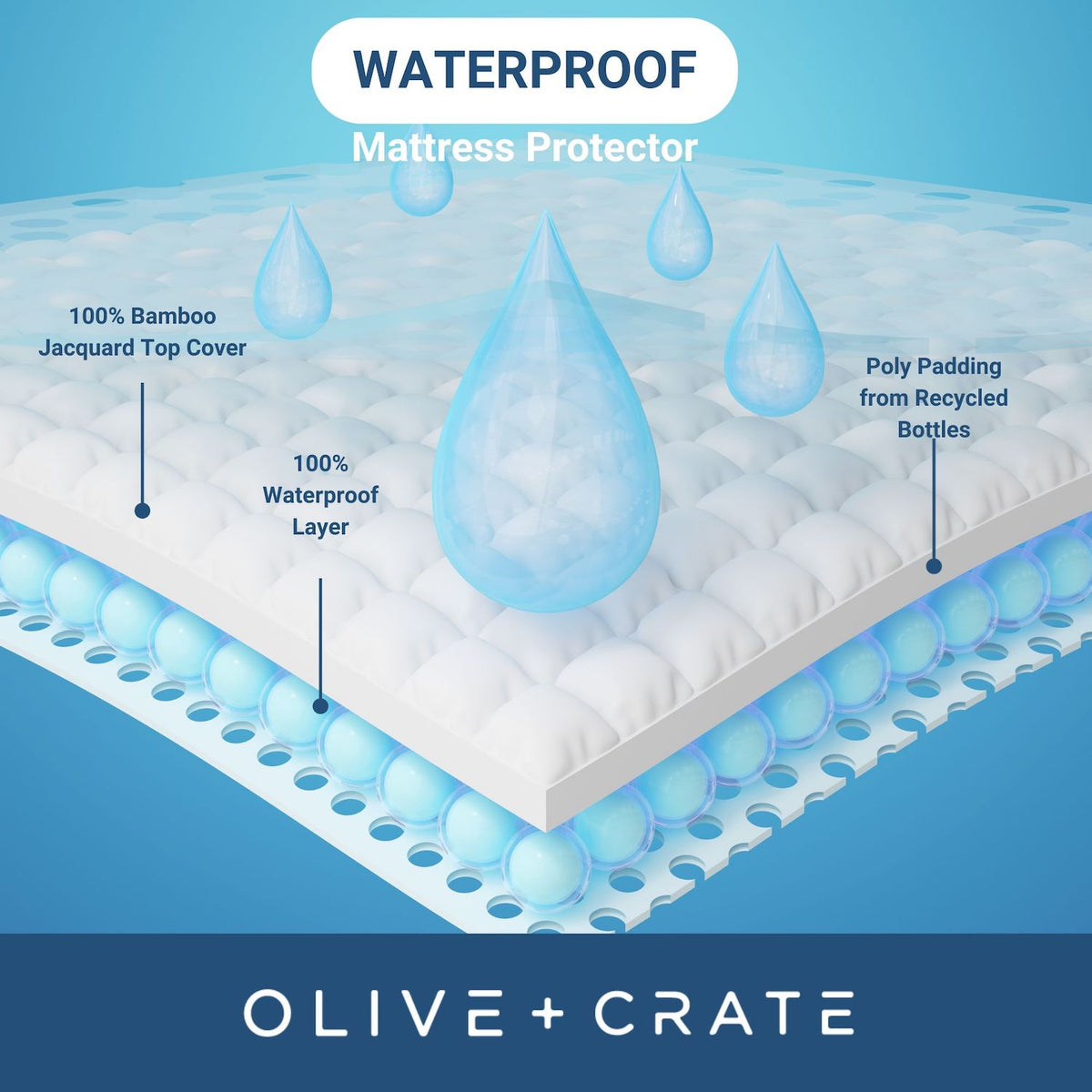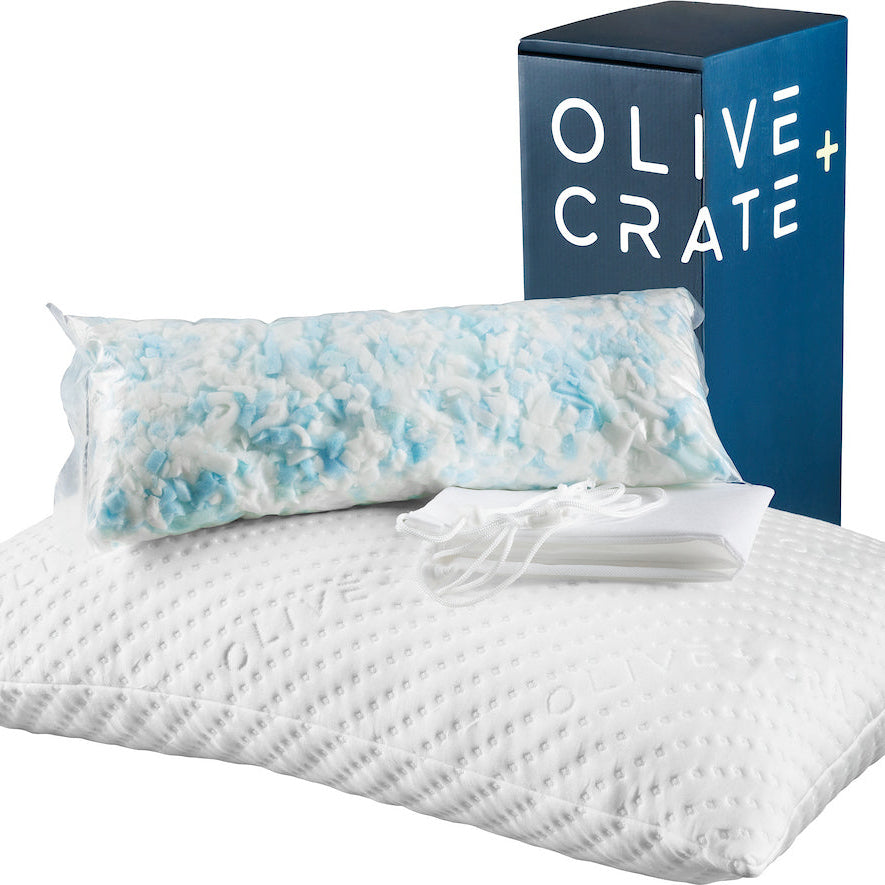by Alegria Alano
date: 09/20/2020
Flooring
Carpet can make a room feel cozy, but it can also be a major source of allergens. This is because the carpet fibers catch and trap allergens such as dust mites and pet dander. Dust mites are particularly problematic as they burrow deep into the carpet’s fibers making them difficult to collect. They can then deposit allergy provoking waste.
If you have carpets in the bedroom, make sure you vacuum with a machine that has a high-efficiency particulate air filter (HEPA) at least once or twice a week. A HEPA filter is designed to remove over 99% of airborne particles and will trap allergens in the vacuum rather than shoot them back out into the air.
If you are yet to choose flooring, hardwood is the most hypoallergenic option. But if you have your heart set on carpet or a rug, choose a style with a tight weave that is less likely to trap allergens in the spaces between the fibers. Low-pile rugs that can regularly be washed in hot water will also help to prevent mites from burrowing into your carpet, and the hot water wash will also ensure they are eradicated.
Filter
Filters aren’t only limited to vacuum cleaners – they are also often installed as part of air conditioners and fans. Air conditioning systems can be rated for filtration using the Minimum Efficiency Reporting Value (MERV). MERV ratings are expressed as a number between one and 20, and generally, a rating of between five to eight will be enough to capture the most common allergens.
If you don’t have a filtered air conditioning system or fan in the bedroom, you can invest in a specialized HEPA air filter. These devices are also effective at reducing the humidity in your home which also helps limit mold and mildew build-up.
Curtains
Heavy curtains are magnets for allergens, particularly if they drape along the floor. Instead, opt for light washable curtains, roller shades, blinds, or shutters that can easily be washed and wiped. If you do choose curtains, be sure to wash them in hot water regularly to kill any dust mites. It’s also a good idea to thoroughly wipe window sills and tracks regularly to avoid the build-up of mould and mildew – two other common allergens.
Fresh Air
Stagnant air can also trigger allergic reactions. This is because any airborne irritators stay trapped in your bedroom. However, opening your window could have the opposite effect if you are allergic to pollen. If there is plenty of pollen in the air, such as in springtime, an open window can introduce these allergens into your bedroom. If you are pollen-sensitive, be sure to check the pollen count before you open your bedroom window.
Choose Fragrances Wisely
Many people are sensitive or allergic to fragrances and perfumes particularly if they are formulated with ingredients or preservatives that are synthetic. If you use candles, room sprays or diffusers in your bedroom, be sure to check the ingredients for common allergens as listed by the FDA. The list includes Benzyl alcohol (commonly used in fragrances), methylisothiazolinone (a synthetic preservative), but also naturally derived ingredients such as limonene (citrus scent).
Fragrances are also problematic because manufacturers aren’t required to list the ingredients that make up the fragrance. This is due to a dated legal loophole designed to protect secret perfume formulas. However, this does little for consumers who are concerned about allergens in their fragrances. The best thing to do is to keep scents in your bedroom simple. Consider using products with as few ingredients as possible, and choose scents that aren’t known allergens – such as lavender, which can also help lull you to sleep.
Laundry
The laundry detergent used to wash your bedding can also trigger allergies. This can be due to the fragrances used to scent the detergent which comes with the same issues as perfumes, but also because of problematic ingredients specifically found in detergents. Laundry detergents can contain colors, surfactants such as sodium lauryl sulfate (SLS or SLES), and preservatives that can trigger allergies. These ingredients can cause not only respiratory allergies, but also contact dermatitis (itching or rashes on the skin). To keep your bedsheets hypoallergenic, wash them using detergents formulated for sensitive skin and without fragrances.
Declutter
Mess and clutter are not conducive to a relaxing bedroom. It can also wreak havoc with your sensitivities as clutter collects dust and allergens. Areas and surfaces with a lot of décor are also less likely to be cleaned because of how cumbersome the cleaning process is.
Instead, keep your bedroom décor simple and neat, and store your things inside cupboards and drawers. This will help to keep them dust-free and make it easier to clean regularly. Not to mention the calming effects of sleeping in a simplified space.
Air Out Your Mattress
Your mattress can turn into a hotbed for allergens over time. This is because dust mites and particles can build up in crevices, especially in hard-to-reach places such as along walls or underneath. It’s a good idea to use an allergy-safe mattress protector (these are usually made of plastic and encase the entire mattress) or at least, take your mattress outside for some fresh air now and again. While you’re at it, take your pillows outside too.
Sensitive Sheets
When we sleep, we give off body heat and moisture which can get trapped in our bedsheets. This warm and moist environment is perfect for allergen growth, so sheets that are breathable and moisture-wicking are best for a hypoallergenic bed. Natural fibers such as cotton, wool, or lyocell (derived from Eucalyptus) pull moisture away from your skin which keeps you dry and warm. But, because they are breathable fabrics, excess heat and moisture won’t get trapped between you and your sheets. Dry bedsheets are not only better for your allergies, but the regulated temperature also makes for a more comfortable sleep.


